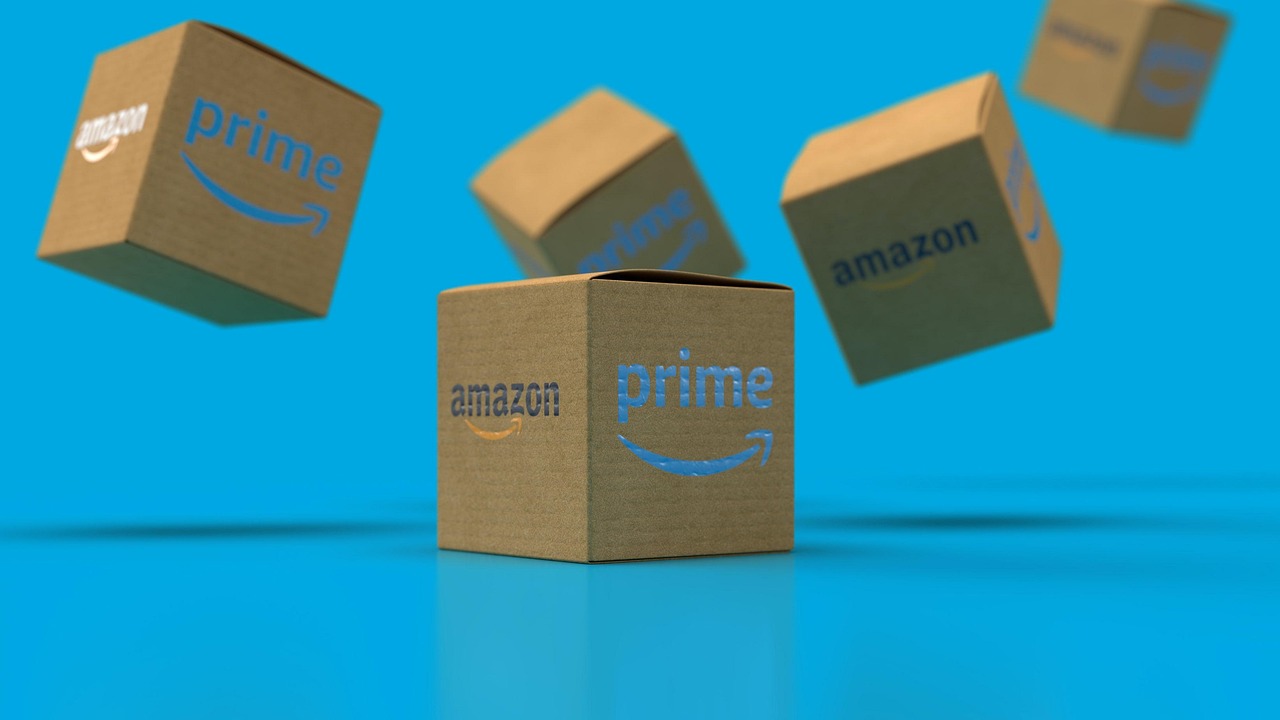Was Amazon’s Success Just a Coincidence?
In 1994, if you had told someone that an online bookstore would grow into a global tech giant, they probably wouldn’t have believed you. However, Jeff Bezos made it happen. Not only did he turn Amazon into the world’s leading e-commerce platform, but he also revolutionized cloud computing, AI, and logistics.
As of 2024, Amazon’s market capitalization has exceeded $1.5 trillion, AWS holds over 30% of the cloud computing market, and Amazon Prime boasts more than 200 million global subscribers. But was this success merely luck, or was it the result of a well-planned strategy?
This article will break down Amazon’s growth by examining customer obsession, long-term investment, AI adoption, and leadership principles—the four pillars that define Bezos’s business philosophy.
1. Customer Obsession: The Core Driver of Amazon’s Growth
Jeff Bezos once said, “We are customer-obsessed, not competitor-obsessed. We genuinely care about making customers happy, not about making competitors miserable.” This principle has guided every major decision Amazon has made.
Case Study 1: The Rise of Prime Membership
In 2005, Amazon launched Prime Membership at $99 per year (later increased to $139 per year), offering unlimited two-day shipping. At the time, critics doubted the financial viability of this strategy, as it would significantly increase shipping costs.
However, data proved them wrong. Prime members spend 4x more than non-members, and the renewal rate exceeds 90%. By locking in customers, Amazon created a powerful loyalty ecosystem, later expanding Prime to include services like Prime Video and Prime Music.
Case Study 2: The Success and Challenges of Alexa
In 2014, Amazon introduced Echo, a smart speaker powered by Alexa, a voice-controlled AI assistant. This innovation transformed how consumers shop and interact with smart devices, making Amazon a leader in voice commerce.
However, Alexa has faced challenges. Privacy concerns among Western consumers regarding voice data collection have led to regulatory scrutiny. Additionally, Google Assistant has outperformed Alexa in voice recognition, and monetizing Alexa remains an unresolved issue for Amazon.
Insight: Balancing Customer Obsession and Profitability
While Amazon prioritizes customer experience, it must also maintain profitability. The price increase of Prime from $99 to $139 demonstrates the delicate balance between customer satisfaction and business sustainability. Even a customer-first company must make financial trade-offs.
2. Long-Term Investment: Sacrificing Short-Term Profits for Market Domination
Bezos firmly believes in a “Day 1” culture—keeping the company as agile and innovative as a startup, rather than focusing on short-term profits.
Case Study 1: The Low-Cost Kindle Strategy
In 2007, Amazon launched the Kindle e-reader, selling it close to cost price while generating profits through e-book sales. This strategy disrupted traditional publishing, making Amazon the dominant force in the global e-book market.
Today, Kindle devices still yield low margins, but the Kindle Store generates consistent revenue, proving the effectiveness of Amazon’s long-term strategy.
Case Study 2: AWS – From an Internal IT Solution to a Market Leader
AWS (Amazon Web Services) started as an internal tool for Amazon’s own infrastructure. Today, it is the largest cloud computing provider, with a 30%+ market share, surpassing Microsoft Azure and Google Cloud.
By adopting a pay-as-you-go model, AWS has created a stable revenue stream, solidifying Amazon’s dominance in the tech industry.
Insight: Long-Term Investment Isn’t for Every Business
Amazon’s model works for cash-rich tech giants, but for startups, over-reliance on long-term investment could cause cash flow issues. Entrepreneurs should balance growth and profitability carefully.
3. AI & Automation: Amazon’s Next Growth Engine
Amazon is heavily investing in AI, focusing on smart warehouses, voice assistants, and personalized recommendations.
Case Study 1: AI Replacing Warehouse Workers
Amazon’s fulfillment centers use Kiva robots to optimize order processing, improving efficiency by 50% while reducing labor costs. However, this automation has also sparked labor disputes, as warehouse jobs are being replaced by AI.
Case Study 2: AI-Driven Product Recommendations
Amazon’s AI recommendation engine leverages deep learning to personalize shopping experiences. Research shows that over 35% of Amazon’s sales come from AI-powered recommendations, highlighting the crucial role of AI in e-commerce.
Insight: AI Won’t Fully Replace Creative Work Anytime Soon
While AI excels in automation and data-driven tasks, it still struggles with creative jobs like marketing, branding, and product design. In the foreseeable future, human-AI collaboration will be the more realistic approach.
4. Bezos’s Leadership: How He Makes Decisions
Bezos’s leadership is often described as “high standards + rapid decision-making”:
- “Day 1” Culture – Always stay innovative and avoid bureaucracy.
- High Hiring Standards – Amazon maintains a rigorous hiring process to ensure top talent.
- Two Decision-Making Types – Bezos differentiates between reversible decisions (quick execution) and irreversible decisions (carefully planned), improving organizational efficiency.
Insight: Balancing High Standards and Innovation Freedom
Overemphasizing high standards may increase employee stress and stifle innovation. This is a key challenge for Amazon, requiring a better balance between discipline and creative freedom.
What Can We Learn from Bezos’s Success?
- Customer obsession is key to long-term growth.
- Long-term investment requires financial strength and isn’t suitable for every business.
- AI and automation are the future, but human creativity remains irreplaceable.
Do you think Amazon will stay ahead for the next 10 years? Share your thoughts in the comments! If you found this article insightful, share it with your friends!







